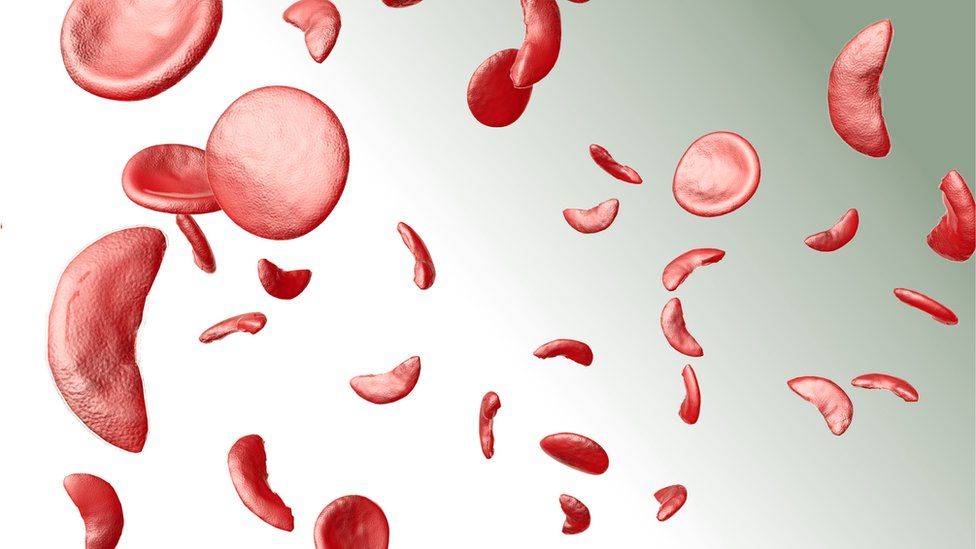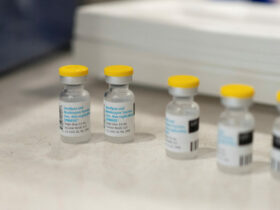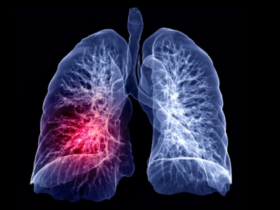An innovative examination of data from the Pediatric COVID-19 United States Registry disclosed that children diagnosed with sickle cell disease (SCD) face a significant threat of severe illness when infected with SARS-CoV-2. According to the analysis based on the registry, roughly one-third of children diagnosed with SCD necessitated hospitalization, with almost half of those requiring supplemental oxygen.
The research team, spearheaded by Aleksandra S. Dain, MD, from the division of hematology at the Children’s Hospital of Philadelphia, stated, “Our findings reveal that a higher percentage of hospitalized children with SCD and COVID-19 experienced severe illness necessitating supplemental oxygen compared to the general populace, a trend observed in other viral diseases, notably influenza.”
Adults suffering from SCD are acknowledged to be at a heightened risk of complications related to SARS-CoV-2 infection, including hospitalization, in contrast to the healthy population. The precise mechanism remains elusive, although studies have suggested pre-existing organ damage as a potential factor. Hospitalization rates and mortality in individuals with SCD are frequently on par with non-SCD populations with similar underlying health conditions.

Children with underlying health problems and those with Multisystem inflammatory syndrome(MIS-C) who develop SARS-CoV-2 infection face an increased risk of morbidity and mortality. Studies show and verified that the chances of SCD patients developing severe COVID-19 are high, even needing hospitalization. However, limitations permeate these findings as they can be on single-center populations or the absence of non-SCD comparators.
The multicenter retrospective analysis by Dain and his colleagues aimed to describe the clinical picture and prognosis of acute COVID-19 (coronavirus disease) and MIS-C (ischemic illness accompanied by cutaneous signs) in pediatric patients with SCD (sickle cell disease) and compare the findings with the population of other cohorts.
COVID-19 US Pediatric Registry represents surveillance of all COVID-19 diagnosed cases involving children from March 2020 to April 2021. We included those who were noted to be below 21 years of age and positive for laboratory-confirmed SARS-CoV-2 infections noted with documented hospitalizations together with a form of ICU admissions.
In summary, the data registry comprised 13140 study participants, including 10974 children, who had complete information and were used for the principal analysis. Out of the total of 463 patients in the study, 263 had the condition. The midpoint of the population enrolled in the study was 12 years, with 53% of the participants being male.

Approximately 91 patients with underlying SCD (35%) needed COVID-19-related hospitalization, while 114 (34%) and 1485 (14%) patients with other autoimmune disorders and the general pediatric population became hospitalized, respectively. For instance, significantly less immunocompromised patients with chronic disease pediatric patients (18%) required intensive care unit utilization when compared to both general pediatric patients (35%) and patients afflicted with SCD (32% differed; P = 0.016, and P = 0.001, respectively).
There was the highest proportion, 45 percent, of the patients with SCD needing oxygen supplementation among hospitalized cohort followed by immunocompromised and general pediatric cohorts with 37 percent and 35 percent oxygen requirements respectively. Anyway, the intragroup differences were insignificantly stcalized by the statistical tools (P = .17).
Four hospitalized SCD patients (4.4 percent) were diagnosed with MIS-C, in contrast to 2 (1.75 percent) in the immunocompromised group and 288 (19.4 percent) in the general pediatric population. All SCD and immunocompromised patients diagnosed with MIS-C required ICU admission, while two-thirds of general pediatric patients did.
Despite the conclusion of the COVID-19 global public health emergency, Dain and colleagues emphasized that SARS-CoV-2 infection remains an enduring and pertinent respiratory pathogen, particularly for individuals with SCD.
“The opportunity persists to safeguard vulnerable patients, including those with SCD, through optimization of vaccination and supportive interventions,” they concluded.






